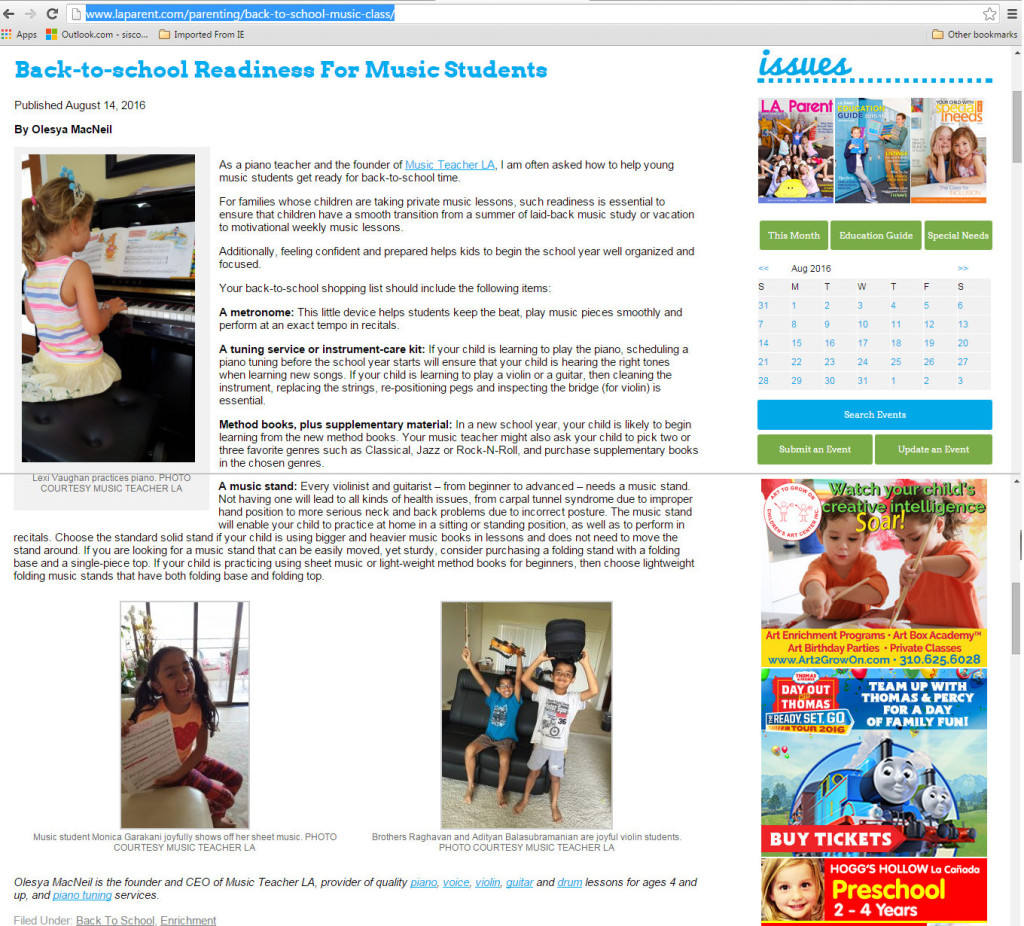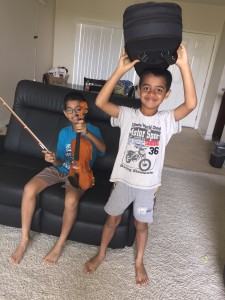Develop Your Child’s Potential: The Lifelong Benefits of Music Lessons
Music lessons are not just about learning to play an instrument—they’re a gateway to a brighter future for your child. From enhancing brain development and academic performance to building character and emotional resilience, music lessons provide benefits that last a lifetime. At Music Teacher LA, we specialize in private, in-home lessons that are tailored to your child’s unique needs and interests. Let’s explore how music lessons can transform your child’s life!The Science of Music: Building Brains and Character
Research consistently shows that music education has profound effects on a child’s brain development. A study by USC’s Brain and Creativity Institute found that musical experiences in childhood accelerate brain growth, particularly in areas related to language, reading, and executive function 3. Learning an instrument also improves memory, concentration, and critical thinking skills, which often translate into better academic performance 6But the benefits go beyond academics. Music teaches patience, discipline, and problem-solving skills, helping children persevere through challenges 1. It also fosters self-awareness and self-motivation, as kids learn to set goals and work toward them independently.These traits build character and prepare children for success in all areas of life.
Why Private In-Home Music Lessons Are the Best Choice
At Music Teacher LA, we believe every child is unique—and our private in-home lessons reflect that. Here’s why they’re the gold standard:- Individualized Attention: Every lesson is customized to your child’s pace, energy level, and learning style.
- Personalized Song Choices: Whether your child loves pop, classical, or rock, we teach the genres they’re passionate about to keep them engaged.
- Focused Skill Development: One-on-one instruction ensures proper technique and prevents bad habits from forming.
- Convenience: Lessons happen in the comfort of your home—no commuting required!
The Joy of Performing: Why Recitals Matter
Performing in recitals is an essential part of a child’s musical growth. It builds confidence, stamina, and stage presence while giving kids a sense of accomplishment as they showcase their hard work. At Music Teacher LA, we make fun recital parties twice a year, with pizza, drinks, goodie bags, and a recital cake! These celebrations create lasting memories and help children feel proud of their progress.Fun Facts About Music Lessons
- Adults Regret Quitting: Many adults who gave up music lessons as kids regret it later in life. Don’t let your child miss out on this enriching experience!
- Music Boosts Emotional Resilience: Playing an instrument helps kids express emotions and manage stress effectively.
- It’s a Lifelong Gift: Beyond childhood benefits, music keeps the mind sharp as we age and can even reduce the risk of Alzheimer’s.
Ready to Start Your Child’s Musical Journey?
At Music Teacher LA, we make learning music fun, engaging, and rewarding for students of all ages. Whether your child dreams of mastering Mozart or rocking out to their favorite pop hits, our experienced instructors are here to guide them every step of the way.Sign up today! Call us at (310) 220-0405 or visit MusicTeacherLA.com to schedule your first lesson. Let’s create beautiful music together!


 Method books, plus supplementary material: In a new school year, your child is likely to begin learning from the new method books. Your music teacher might also ask your child to pick two or three favorite genres such as Classical, Jazz or Rock-N-Roll, and purchase supplementary books in the chosen genres.
Method books, plus supplementary material: In a new school year, your child is likely to begin learning from the new method books. Your music teacher might also ask your child to pick two or three favorite genres such as Classical, Jazz or Rock-N-Roll, and purchase supplementary books in the chosen genres.